Introduction
Asian Nose Rhinoplasty is a specialized cosmetic surgery tailored to enhance the nasal features of East and South Asian people. This procedure is designed to create natural-looking nasal contours while maintaining the unique facial aesthetics of Asian individuals. Many Asians seek rhinoplasty to address common features such as a low nasal bridge, wide nostrils, and a flat nose tip, which differ from the typical Caucasian nose.
Asian nose jobs often involve techniques to build up the nose using cartilage grafts or implants. Unlike Caucasian rhinoplasty, which may focus on reducing and reshaping the nose, Asian rhinoplasty frequently aims to add height and definition. This augmentation helps achieve a more prominent and balanced facial appearance without compromising cultural identity.
Selecting a surgeon with expertise in Asian rhinoplasty is crucial. Experienced surgeons understand the unique anatomical differences and employ specialized techniques to ensure harmonious results. Procedures like alar base reduction and cartilage grafting are common to refine the nose’s shape and projection.
For those considering an Asian nose job, consulting with a specialist who respects and understands these aesthetic goals is essential for achieving the desired outcome.
By understanding the distinct needs of Asian rhinoplasty, you can make an informed decision and work towards enhancing your natural beauty. Continue reading to learn more about the procedures, techniques, and what to expect from this transformative surgery.
Understanding Asian Nose Shapes
Asian Nose Shapes are distinct and diverse, reflecting the rich cultural and genetic backgrounds of East and South Asian populations. Recognizing these unique traits is essential for achieving natural and harmonious results in Asian rhinoplasty, a specialized cosmetic surgery tailored to enhance the nasal features of Asian individuals.
Common Types of Asian Noses
Asian noses typically feature characteristics such as a flatter bridge and a wider base compared to Western nose shapes. These variations are influenced by both genetic and environmental factors. Some common types of Asian noses include:
- Flat Nose: Often found among East Asian populations, this type has a lower bridge and a broader base, making the nose appear flatter and wider.
- Single Eyelid Nose: Common in regions where the single eyelid trait is prevalent, these noses may have a slightly pronounced bridge but generally retain the flatter profile.
- Mixed Features: In areas with diverse ethnic intermixing, such as parts of Southeast Asia, you may find noses that combine features of both Asian and Caucasian noses, such as a higher bridge with a broader base.
Understanding these types helps both patients and surgeons set realistic goals for rhinoplasty that respects the natural beauty of an Asian nose.
The Asian Button Nose: Characteristics and Considerations
The “Asian button nose” is a petite, rounded nose with a low nasal bridge, commonly targeted for enhancement through rhinoplasty. This nose type has several defining features:
- Petite and Rounded Form: The nose is small and round, giving it a cute and youthful appearance.
- Low Nasal Bridge: The bridge of the nose is relatively flat, which can make the nose appear less prominent on the face.
- Surgical Enhancements: Procedures typically aim to subtly increase the height of the nasal bridge while maintaining the nose’s natural characteristics. Techniques such as cartilage grafting or using nasal implants are common to achieve these enhancements.
Key Surgical Considerations
- Augmentation: Often, Asian rhinoplasty involves augmentation techniques to build up the nose. This can include using cartilage grafts from the patient’s own body or synthetic implants to increase the height and projection of the nose.
- Natural Look: The goal is not to westernize the nose but to enhance its natural features in a way that harmonizes with the patient’s overall facial aesthetics.
- Specialized Surgeons: It is crucial to choose a surgeon experienced in Asian rhinoplasty, as the techniques and considerations differ significantly from those used in Caucasian rhinoplasty.
By understanding the unique characteristics of Asian nose shapes, patients can work with their surgeons to achieve a look that enhances their natural beauty while maintaining their cultural identity
Asian Nose Rhinoplasty
Asian Nose Rhinoplasty is a specialized cosmetic procedure designed to enhance the nasal features of individuals with East and South Asian heritage. Unlike traditional rhinoplasty, which often focuses on reduction, Asian rhinoplasty techniques primarily aim to build and refine the nasal structure, ensuring culturally appropriate and aesthetically pleasing results.

Asian Nose Rhinoplasty: Techniques and Goals
Asian rhinoplasty techniques often involve structural enhancements rather than reductions. The primary goal is to elevate the nasal bridge and refine the nasal tip to create a harmonious balance with the patient’s facial features. Common methods include cartilage grafting and the use of implants to increase the height and projection of the nose. These techniques ensure that the results are both natural-looking and culturally respectful.
Key techniques include:
- Cartilage Grafting: Using cartilage from the septum, ear, or rib to build up the nasal bridge and tip.
- Implants: Employing biocompatible materials like silicone or Gore-Tex to enhance the nasal structure.
- Alarplasty: Reducing the width of the nostrils to achieve a more refined appearance.
- Tip Refinement: Enhancing the definition and projection of the nasal tip.
These methods aim to improve the nose’s appearance while preserving the patient’s ethnic identity and ensuring functionality is not compromised.
Asian Rhinoplasty Surgical Steps
The process of Asian rhinoplasty begins with a detailed consultation. This initial meeting is crucial for understanding the patient’s aesthetic goals and expectations. During the consultation, the surgeon will evaluate the nasal structure and discuss potential techniques to achieve the desired outcome.
Surgical steps include:
- Planning: Utilizing advanced imaging technologies to preview potential results and align expectations.
- Cartilage Grafting: Harvesting cartilage from the patient’s body and sculpting it to enhance the nasal bridge and tip.
- Implant Placement: Carefully positioning implants to augment the nasal structure.
- Alar Base Modification: Narrowing the nostrils if necessary to achieve a balanced look.
- Tip Refinement: Shaping the nasal tip to enhance definition and projection.
Post-operative care is essential to ensure optimal healing and results. Patients are advised to follow specific care instructions to minimize swelling and discomfort, and to avoid activities that could affect the surgical outcome.
Before and After: Transformations in Asian Rhinoplasty
Visual transformations are a powerful tool in illustrating the potential changes achievable through Asian rhinoplasty. Before-and-after photos help patients visualize the results and set realistic expectations. These images typically show improvements in the nasal bridge height, nostril width, and tip projection, demonstrating the procedure’s effectiveness in creating a more balanced and refined appearance.
Asian Nose Rhinoplasty Recovery Tips
Recovery from Asian rhinoplasty requires careful attention to the surgeon’s instructions. Key tips for a smooth recovery include:
- Minimize Swelling: Apply cold compresses and keep the head elevated.
- Manage Discomfort: Take prescribed medications as directed.
- Avoid Certain Activities: Refrain from strenuous activities and avoid blowing the nose to ensure proper healing.
By adhering to these tips, patients can maintain the integrity of their surgical results and achieve the desired aesthetic outcome.
Asian Nose Rhinoplasty is a complex and nuanced procedure that requires a deep understanding of the unique anatomical features and cultural considerations of Asian noses. With the right techniques and careful planning, patients can achieve a natural, enhanced appearance that respects their ethnic identity.
Frequently Asked Questions
About Asian Nose Rhinoplasty
1. What is Asian Nose Rhinoplasty?
Asian Nose Rhinoplasty is a cosmetic surgical procedure designed specifically for reshaping the noses of individuals of Asian descent. This type of rhinoplasty focuses on enhancing the nasal structure to achieve a more balanced and harmonious facial appearance while preserving ethnic characteristics.
2. How is Asian Nose Rhinoplasty different from other types of rhinoplasty?
Asian rhinoplasty differs from traditional rhinoplasty primarily in its goals and techniques. While Western rhinoplasty often involves reduction, Asian rhinoplasty typically focuses on augmentation, such as raising a low nasal bridge and refining the tip. The thicker skin, weaker cartilage, and specific nasal anatomy of Asian patients require unique surgical approaches .
3. What are the common techniques used in Asian Nose Rhinoplasty?
Common techniques include cartilage grafting from the septum, ear, or rib, using implants (such as silicone or Gore-Tex), alar base modification to narrow the nostrils, and tip refinement to enhance projection and definition .
4. What is the cost of Asian Nose Rhinoplasty?
The cost of Asian rhinoplasty varies widely depending on factors like the extent of the procedure, the surgeon’s experience, and the geographic location. Typically, prices range from $9,000 to $12,000 but can go up to $40,000 for complex cases .
5. How long does the surgery take?
The duration of Asian rhinoplasty surgery is generally between 2 to 3 hours, depending on the complexity and specific techniques used.
6. What is the recovery time for Asian Nose Rhinoplasty?
Initial recovery typically takes 1 to 2 weeks, during which patients should rest and avoid strenuous activities. Complete recovery, including resolving all swelling, can take 9 months to 2 years .
7. What are the risks associated with Asian Nose Rhinoplasty?
Risks include infection, bleeding, asymmetry, scarring, and dissatisfaction with the aesthetic results. Thick skin can also limit the extent of reshaping possible. Choosing an experienced surgeon can help mitigate these risks .
8. Does Asian Nose Rhinoplasty hurt?
General anesthesia is used during the surgery, so patients do not feel pain. Post-operative discomfort, including soreness and tenderness, is common and can last for several weeks. The surgeon will provide pain management .
9. Will insurance cover Asian Nose Rhinoplasty?
Cosmetic rhinoplasty is usually not covered by insurance. However, if the surgery is necessary for functional reasons, such as improving breathing, insurance may cover part or all of the procedure. It’s important to discuss this with your insurance provider and surgeon.
10. How do I choose the right surgeon for Asian Nose Rhinoplasty?
Selecting a surgeon experienced in Asian rhinoplasty is crucial. Look for a board-certified plastic surgeon who specializes in ethnic rhinoplasty and has a portfolio of successful results. Personal consultations can help assess their approach and ensure you feel comfortable and confident with their expertise
Conclusion
Asian Nose Rhinoplasty Surgery is a specialized procedure to enhance the nasal features of individuals with East and South Asian heritage. This type of rhinoplasty focuses on augmenting and refining the nose to create a balanced and harmonious facial appearance. Common techniques include cartilage grafting from the septum, ear, or rib and using implants like silicone or Gore-Tex to elevate the nasal bridge and refine the tip.
Choosing a skilled and experienced surgeon is crucial for achieving the best results in an Asian nose job. These surgeons understand the unique anatomical features and cultural considerations of Asian noses, ensuring that the enhancements look natural and maintain ethnic identity .
The recovery process requires careful attention to post-operative care instructions. Patients should manage swelling and discomfort and avoid strenuous activities to ensure proper healing. With the right techniques and a thoughtful approach, Asian Nose Rhinoplasty Surgery can significantly enhance natural beauty while respecting cultural aesthetics

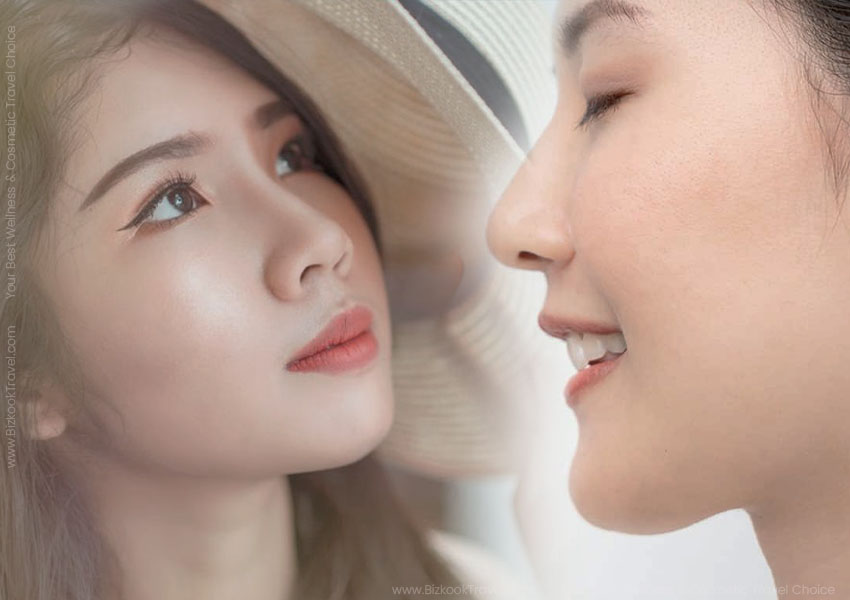

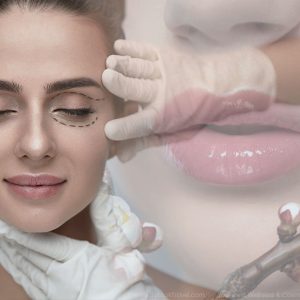



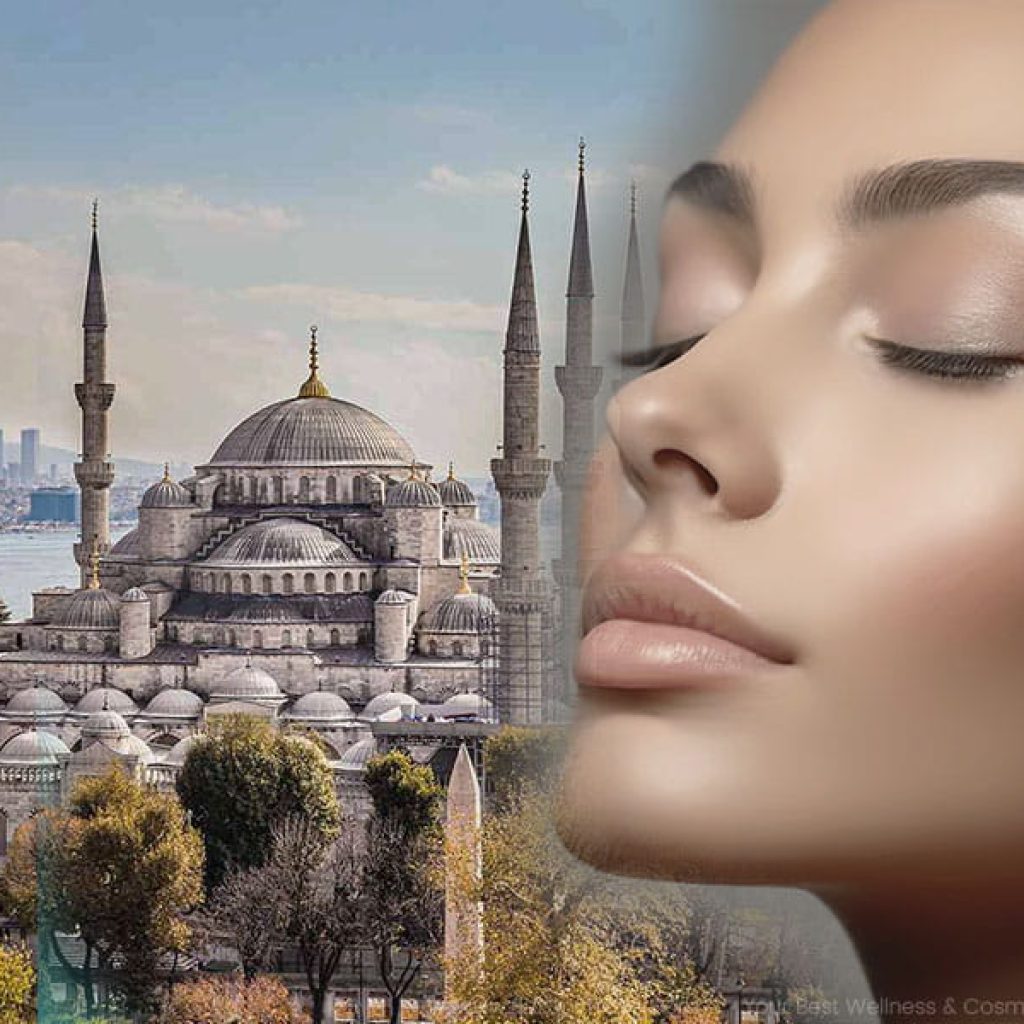

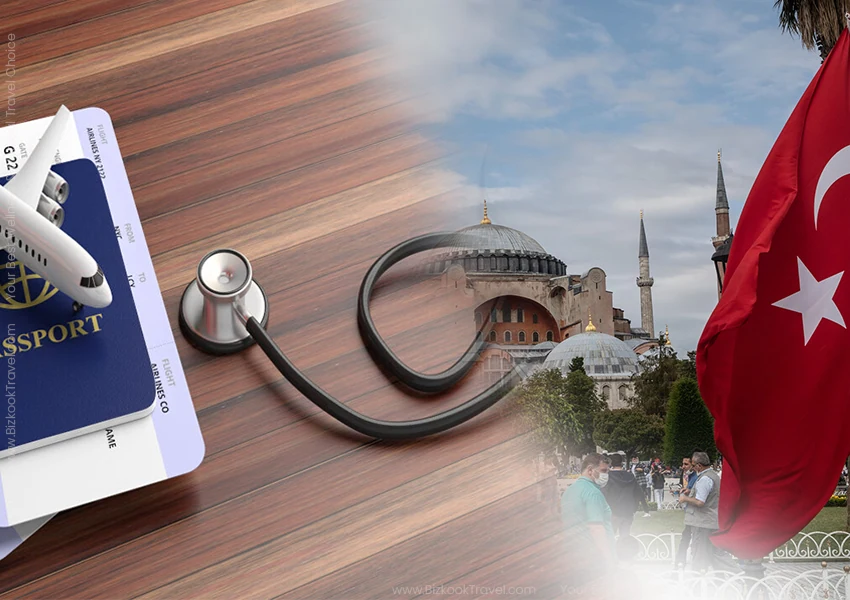
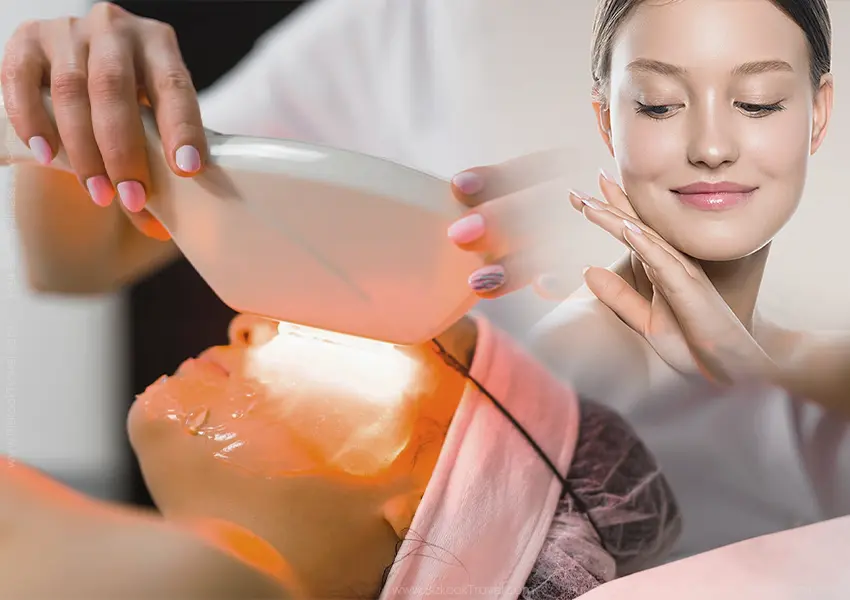
Post Discussion